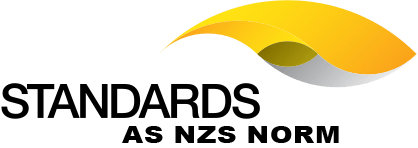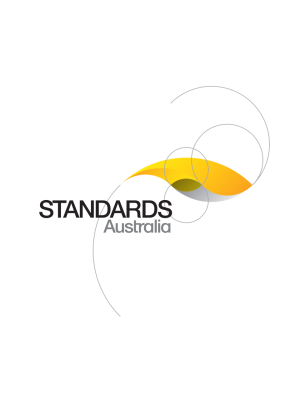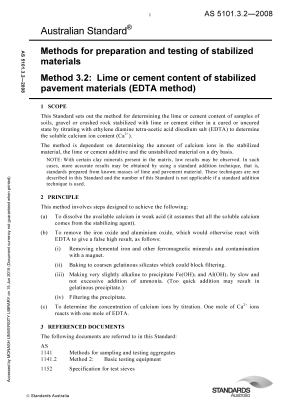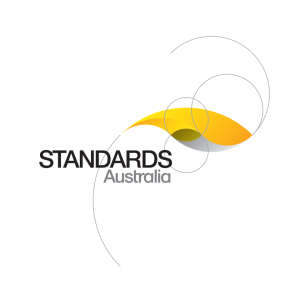- You cannot add another "AS (E)D641-1941" to your cart. View cart
🔍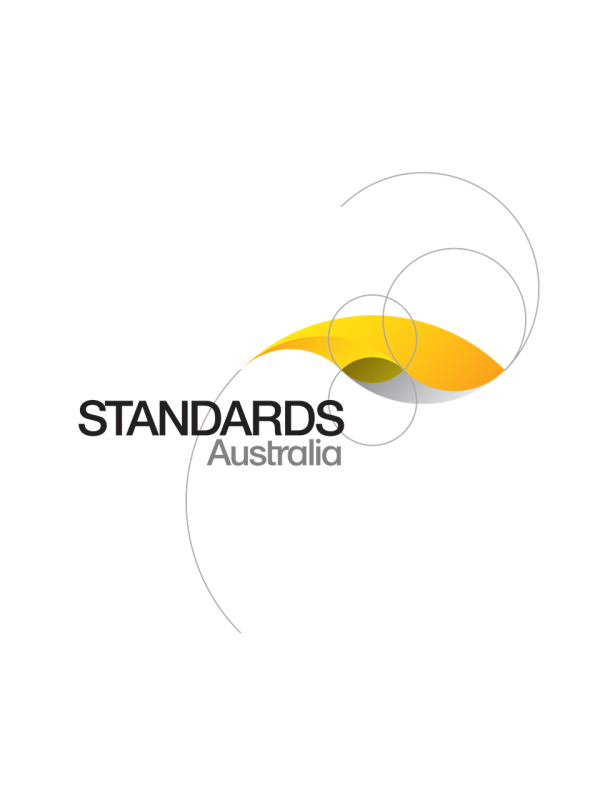

Purchase the full subscription package now and enjoy a 40% discount, along with free updates for future editions.
AS 4289-1995
$149.01
Oxygen and acetylene gas reticulation systems
Specifies the requirements for the safe use and proper design of a gas reticulation system, together with precautions that are necessary during the construction, operation and maintenance of reticulation systems carrying both oxygen and acetylene gases. Highlights the precautions necessary when the end-use equipment is connected for operation in a closed workshop or open-site area.
Table of contents
Header
About this publication
PREFACE
1 SCOPE AND GENERAL
1.1 SCOPE
1.2 REFERENCED DOCUMENTS
1.3 DEFINITIONS
1.4 RECORD OF TESTS
2 OXYGEN SYSTEMS
2.1 GENERAL
2.2 MANIFOLDS—CYLINDER SUPPLY
2.2.1 General
2.2.2 Design
2.2.2.1 Maximum working pressure
2.2.2.2 Burst pressure
2.2.2.3 Connections
2.2.2.4 Non-return device
2.2.2.5 Isolation valves
2.2.2.6 Inlet filter
2.2.2.7 Manifold piping
2.2.2.8 Pressure regulation
2.2.2.9 Pressure gauges
2.2.3 Materials for oxygen manifolds
2.2.3.1 Manifolds
2.2.3.2 Piping
2.2.3.3 Non-metallic materials
2.2.3.4 Flexible connectors
2.2.3.5 Jointing material
2.2.4 Testing
2.2.5 Installation
2.2.6 Labelling
2.2.7 Operation and maintenance
2.3 CONTROL ARRANGEMENTS—LIQUID OXYGEN SUPPLY
2.3.1 General
2.3.2 Design
2.3.2.1 Maximum working pressure
2.3.2.2 Isolation valves
2.3.2.3 Pressure regulation
2.3.2.4 Safety relief valve
2.3.2.5 Pressure gauges
2.3.3 Materials
2.3.3.1 Control arrangements
2.3.3.2 Piping
2.3.3.3 Non-metallic materials
2.3.3.4 Jointing materials
2.3.4 Testing
2.3.5 Installation
2.3.6 Labelling
2.3.7 Operation and maintenance
2.4 PIPING
2.4.1 Design
2.4.1.1 Pipe size
2.4.1.2 Maximum working pressure
2.4.1.3 Inlet connection
2.4.1.4 Isolation valves
2.4.2 Materials
2.4.2.1 Piping
2.4.2.2 Non-metallic materials
2.4.2.3 Jointing material
2.4.3 Labelling
2.4.4 Installation and testing
2.4.5 Operation and maintenance
2.5 SAFETY DEVICES
2.5.1 General
2.5.2 Design
2.5.3 Materials
2.5.3.1 General
2.5.3.2 Metallic materials
2.5.3.3 Non-metallic materials
2.5.3.4 Jointing material
2.5.4 Testing
2.5.5 Installation and maintenance
2.6 OUTLET POINTS
2.6.1 Design
2.6.1.1 General
2.6.1.2 Non-regulated (piping pressure) outlet points
2.6.1.3 Regulated outlet points
2.6.1.4 Isolation valve
2.6.1.5 Flashback arrester
2.6.2 Materials
2.6.2.1 General
2.6.2.2 Metallic materials
2.6.2.3 Non-metallic materials
2.6.2.4 Jointing materials
2.6.3 Testing
2.6.4 Labelling
2.6.5 Operation and Maintenance
3 ACETYLENE SYSTEMS
3.1 GENERAL
3.2 MANIFOLDS—ACETYLENE CYLINDER SUPPLY
3.2.1 General
3.2.2 Design
3.2.2.1 Maximum working pressure
3.2.2.2 Burst pressure
3.2.2.3 Connections
3.2.2.4 Inlet filter
3.2.2.5 Isolation valve
3.2.2.6 Non-return device
3.2.2.7 Pressure regulation
3.2.2.8 Pressure gauges
3.2.2.9 Flashback arrester
3.2.2.10 Flexible connectors
3.2.3 Materials
3.2.4 Testing
3.2.5 Installation
3.2.6 Labelling
3.2.7 Operation and maintenance
3.3 PIPING FOR ACETYLENE
3.3.1 Design
3.3.1.1 Pipe size
3.3.1.2 Maximum working pressure (MWP)
3.3.1.3 Inlet connection
3.3.1.4 Isolation valves
3.3.2 Materials
3.3.3 Labelling
3.3.4 Installation and testing
3.3.5 Operation and maintenance
3.4 SAFETY DEVICES
3.4.1 General
3.4.2 Design
3.4.3 Materials
3.4.4 Testing
3.4.5 Installation and maintenance
3.5 OUTLET POINTS
3.5.1 Design
3.5.1.1 General
3.5.1.2 Non-regulated (piping pressure) outlet points
3.5.1.3 Regulated outlet points
3.5.1.4 Isolation valve
3.5.1.5 Flashback arrester
3.5.2 Materials
3.5.3 Testing
3.5.4 Labelling
3.5.5 Operation and maintenance
4 CYLINDERS AND CYLINDER SYSTEMS
4.1 GENERAL
4.2 CYLINDERS IN USE
4.2.1 General
4.2.2 Indoor requirements
4.2.3 Cylinder location
4.2.4 Separation distances
4.2.4.1 General
4.2.4.2 Safe distances
4.2.4.3 Safe distances for non-flammable, non-toxic gases
4.2.5 Use of firewalls
4.2.6 Changed site conditions
4.3 CYLINDERS IN STORAGE
5 SYSTEM INSTALLATION, TESTING AND COMMISSIONING
5.1 INSTALLATION
5.1.1 Authorization of work
5.1.1.1 General
5.1.1.2 Work permit
5.1.1.3 Contents of work permit
5.1.2 Routing of piping
5.1.2.1 General
5.1.2.2 Adjacent piping
5.1.2.3 Electrical separation
5.1.2.4 Supports
5.1.3 Protection of piping
5.1.3.1 Painting
5.1.3.2 Buried piping
5.1.3.3 Wrapping
5.1.3.4 Cathodic protection
5.1.3.5 Piping concealed in or under concrete
5.1.3.6 Sleeves
5.1.3.7 Relief valves
5.1.3.8 Earthing of acetylene piping
5.1.4 Cleaning and cleanliness
5.1.5 Manifolds
5.1.5.1 General
5.1.5.2 Outdoors siting
5.1.5.3 Indoors siting
5.1.5.4 Indoors siting—Ventilation
5.1.6 Identification and signs
5.1.6.1 Piping identification
5.1.6.2 Warning notices
5.1.6.3 Operating instructions
5.1.6.4 Manifold signs
5.1.6.5 Isolation valve signs
5.2 TESTING
5.2.1 General
5.2.2 Pneumatic test
5.3 COMMISSIONING
5.4 CERTIFICATE OF COMPLIANCE
6 SYSTEM OPERATION AND MAINTENANCE
6.1 GENERAL
6.2 OPERATION
6.2.1 Connecting gas cylinders
6.2.2 Pressurizing the system
6.2.3 Extended shutdown
6.3 MAINTENANCE
6.3.1 Six-monthly maintenance
6.3.2 Twelve-monthly maintenance
6.3.3 Records of maintenance
6.4 REPAIRS AND CHANGES
APPENDIX A
A1 GENERAL
A2 PNEUMATIC TEST PROCEDURE
A3 TEST FOR CROSS-CONNECTION
A4 FLOW CHECK OF DRILLED-THROUGH FITTING
A5 REPLACEMENT OF PRESSURE GAUGES AND RELIEF VALVES
A6 FUNCTION TESTS
A7 PURGING PRIOR TO SYSTEM USE
A8 CERTIFICATE
APPENDIX B
APPENDIX C
C1 GENERAL
C2 PRESSURE REGULATORS
C3 WELDING HOSES
C4 BLOWPIPES
C5 PERSONAL SAFETY WEAR
APPENDIX D
D1 LOCATION
D2 CYLINDERS
D3 WELDING BENCHES/STATIONS
APPENDIX E
E1 SAFETY PRECAUTIONS—WORKING AREA
E2 CONNECTION OF EQUIPMENT
E2.1 Hoses
E2.2 Blowpipe
E3 PRESSURIZING HOSES
E4 SYSTEM PURGING
E5 LIGHTING UP
E6 CLOSING DOWN PROCEDURE
E7 EMERGENCY PROCEDURES
E7.1 General
E7.2 Sustained backfire or sudden extinguishing of flame
E7.3 Flashback/self-extinguishing backfire
E7.4 Ignition of leaking gas
APPENDIX F
F1 OXYGEN
F1.1 General
F1.2 Safety precautions to be observed when using oxygen
F2 ACETYLENE
F2.1 General
F2.2 Safety precautions to be observed when using acetylene
F3 GENERAL CYLINDER SAFETY
APPENDIX G
Cited references in this standard
Please select a variation to view its description.
| Published | 05/08/1995 |
|---|---|
| Pages | 40 |
Please select a variation to view its pdf.
